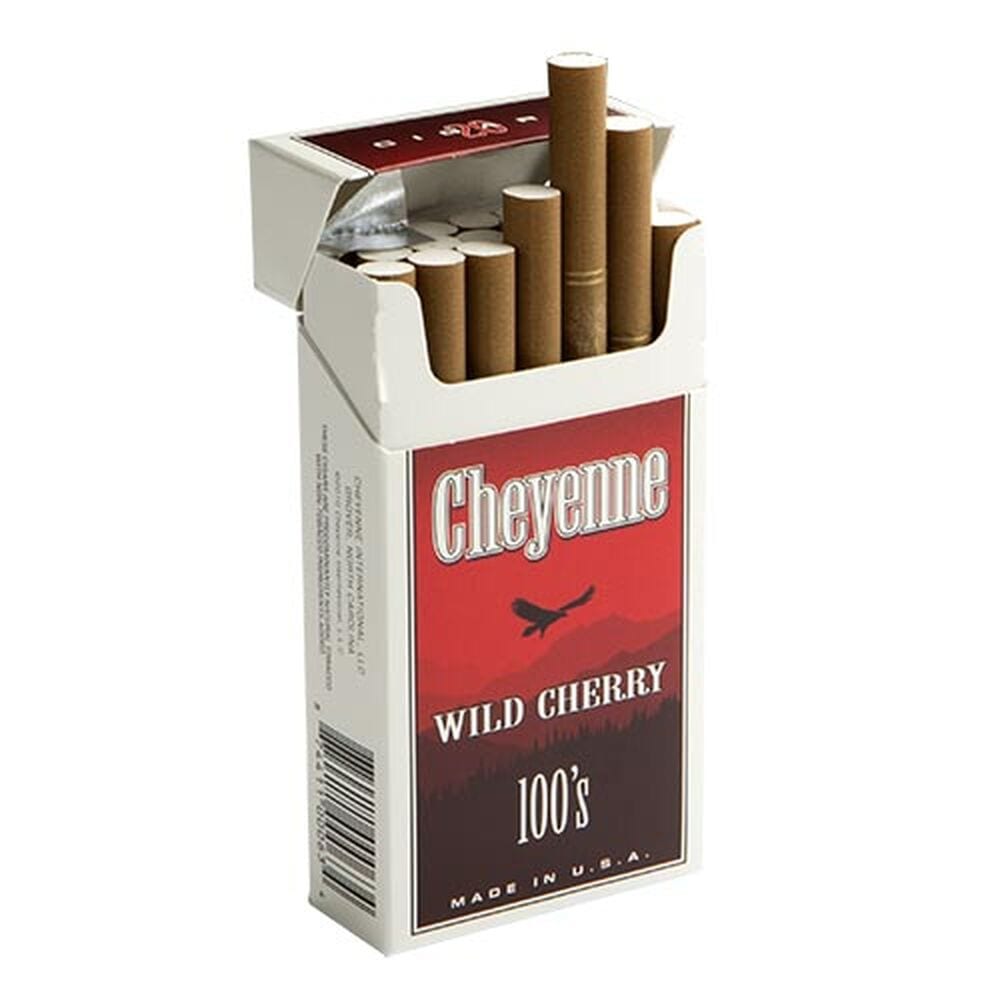Tobacco
Filtered Cigars are Reshaping Tobacco Consumption in the U.S.
Filtered cigars are not cigarettes, the tobacco used and the construction of these products differ significantly from cigarettes. Cigarettes are simply processed tobacco wrapped in basic paper tubes, filtered cigars have filler tobacco and are wrapped in a pipe tobacco wrapper like a traditional cigar.
A Cheyenne Filtered Cigar is a great example of a filtered cigar, what makes them desirable to many consumers: low cost, high-value tobacco, multiple flavors including berry, cherry, vanilla, peach, menthol, grape, and/or even full flavored somewhat similar in flavor to a traditional cigar.
What Defines a Filtered Cigar vs. a Traditional Cigarette
It’s not the appearance of a filtered cigar that distinguishes it from a cigarette; it’s what is inside that defines the product. A filtered cigar is quite similar to a traditional cigar if there is any such thing. It’s just more compact, comes in a wide variety of flavors and the most popular cigars today are filtered cigars, not the traditional cigar. Also, important to note, that cigar tobacco is somewhat harsher than cigarette tobacco, has far less sugar and it’s not made to be inhaled. Filtered cigars have been sold here in the U.S. for more than a hundred years, by law can weigh no more than three pounds per thousand. Most filtered cigars consist of air-cured or fermented tobacco with a stronger taste and lower sugar content than a cigarette. They are primarily alkaline and are either wrapped in a natural leaf, or a wrapper consisting of at least 2/3 tobacco by weight, as required by the federal government. Cigarettes consist primarily of flue-cured tobaccos, are primarily acidic, have higher sugar content, and are wrapped in paper that burns evenly. They are very different products. Let’s cut to the chase though: filtered cigars do contain nicotine, the substance that can lead to tobacco dependence. A single full-sized traditional cigar can contain as much nicotine as several cigarettes, but a cigar (traditional or filtered) is not meant for inhaling.What Defines a Cigarillo vs. a Filtered Cigar
What’s the difference between a cigarillo versus a cigarette? The term “cigarillo” comes from the Spanish, “cigarillo” meaning cigarette. Cigarillos are wrapped in tobacco leaves or brown tobacco-based paper, smaller than regular cigars, but larger than cigarettes, similar in size and composition to a small “panatela” sized cigar or even a charoot or more traditional blunt. Cigarillos are typically made without filters and are meant to be smoked like a cigar and not inhaled.- In Europe, a cigarillo is known as a “seven-minute cigar” and is considered a viable alternative to a much larger cigar that takes more time to smoke. A filtered cigar is similar in terms of the length of time it takes to smoke one.
- A cigarillo possesses a brown color and a cigarette is white. The tobacco in a cigarette is twisted with white paper while the tobacco in a cigar is generally wrapped in a tobacco leaf or special brown tobacco-based material.
- Cigarillos are a natural tobacco product, while cigarettes are not so much.


